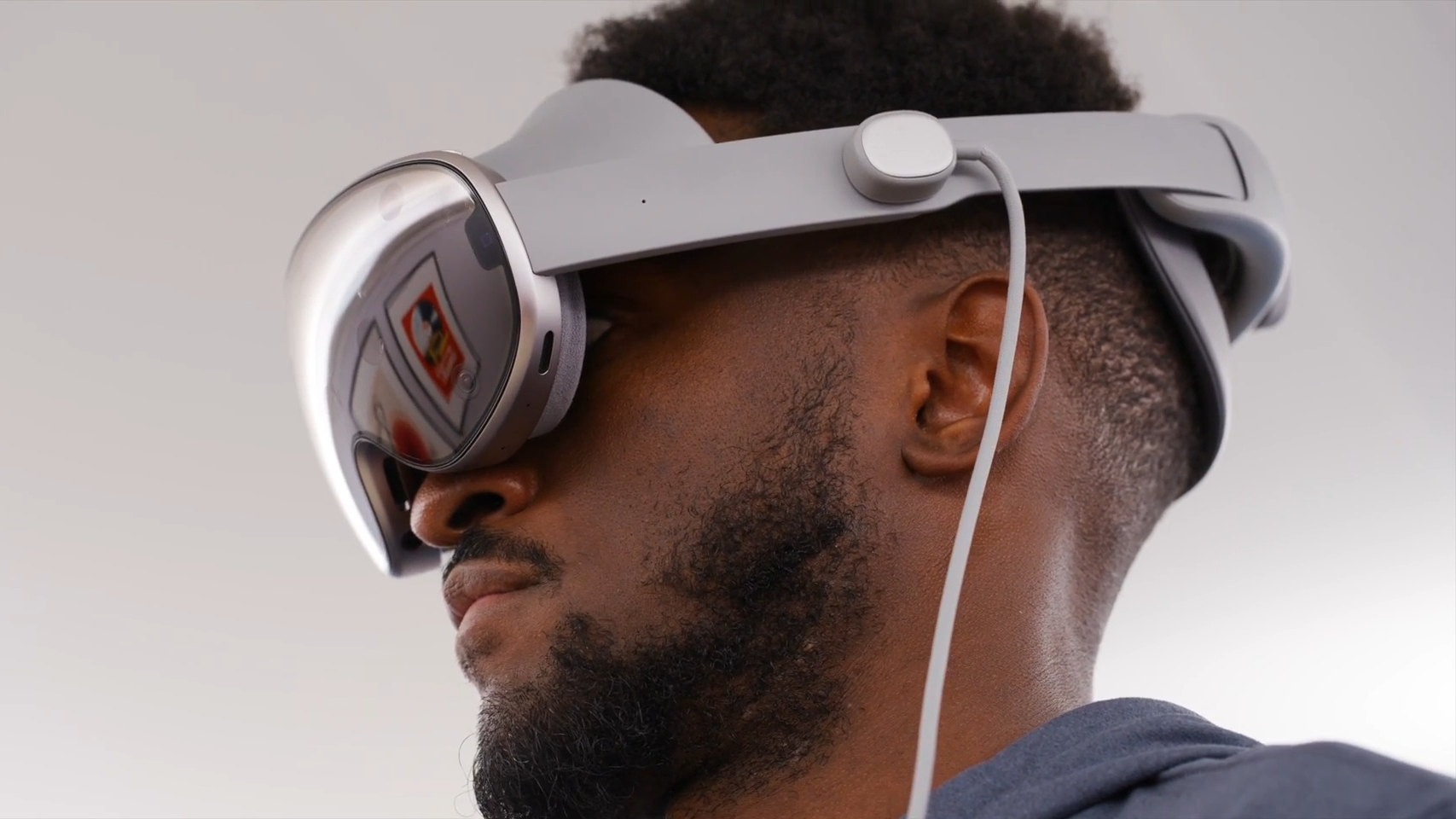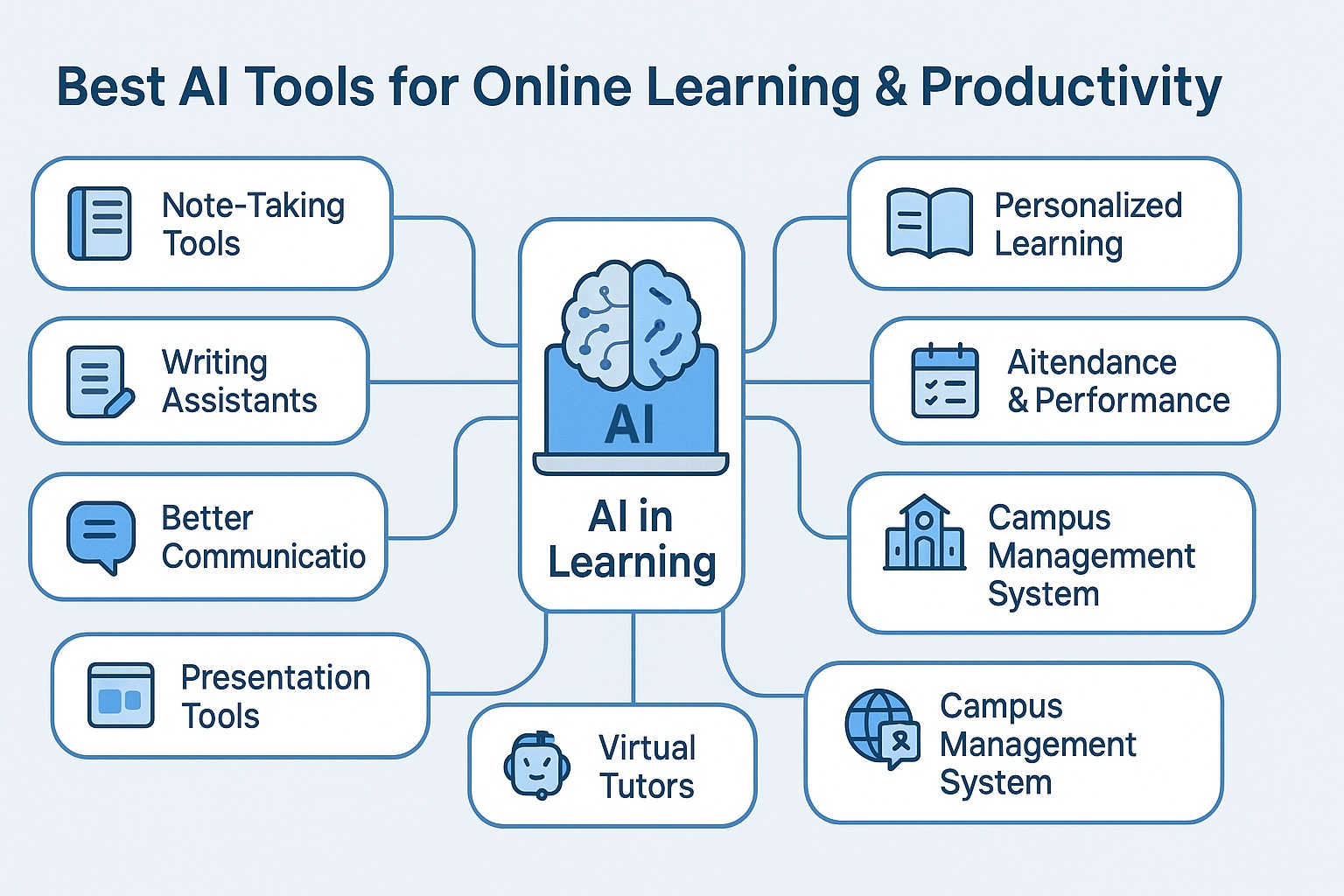Introduction: The Digital Interaction Revolutionized by AI
Artificial Intelligence (AI) is not only changing industries, it is re-inventing how users deal with technology. Modern businesses across the globe are moving away from designs that are based on products to user-based experiences. The combination of AI into web development contributes to this change as it allows the development of platforms that are intuitive, adaptive, and very personalized.
Through AI-driven findings, designers and developers have a better chance to get insights into the user on an even more intimate level, such as knowing what they like, their behavioral patterns, or even how they feel. It is an intelligent, more efficient and human-oriented digital engagement benchmark never seen before.
1. It is possible to learn about User Behavior by using Data and Machine Learning
Each user action such as a click, a scroll or a dwell time produces valuable data. AI uses this information to identify trends that will help designers and companies make informed decisions concerning design and functionality.
Machine learning models are used to analyze behavioral patterns to predict the actions of the user and, thus, improve engagement and satisfaction. Such advanced knowledge enables websites to move away to static interfaces and become dynamic ecosystems, which adjust to every visitor.
The main advantages of AI in User Behavior Analysis are:
- Helps to determine the wishes of the users and the patterns of their interaction.
- Allows predictive design changes on actual activity.
- Enhances the conversion rates with the help of data-driven personalization.
- Gives practical information on UI/UX improvement.
This level of understanding users on such a granular scale will guarantee that each experience will feel like a personalized one, provided by AI.
2. Predictive Personalization: Customizing Each Experience
Traditionally designed paradigms offered all users a similar interface to use, which is what AI has overtaken. Predictive personalization is used to make sure that each user does not have the same experience. The interaction between the user with AI allows the latter to adapt constantly to systems that provide websites with tailored layout, product suggestions, and content.
AI, as opposed to simply reacting to behavior, predicts it. As an example, the e-learning system suggests courses depending on the previous development of a learner, whereas the e-commerce platform suggests products depending on the history of visiting.
Predictive personalization provides a better UX:
- Provides customized real time content.
- Guess the needs of the users based on behavioral patterns.
- Increases customer interaction through offers or updates that are relevant.
- Increases brand loyalty due to relevancy.
With AI in force, personalization keeps a user entertained, and the digital experience flawless.
3. Conversational Interfaces and Chatbots: Humane Conversations
A major development in AI is intelligent chatbots and virtual assistants which are not restricted to prewritten answers, but instead they understand context and emotion with Natural Language Processing (NLP).
AI-based chatbots are used by businesses to provide 24/7 customer service, which lessens the response time and operational expenses. Chatbots change digital communication whether it is in the aspect of helping with online purchases or resettlement of passwords or personalized recommendations.
Advantages of AI Chatbots:
- 24/7 round-the-clock customer care.
- Read between the lines using NLP.
- Decrease reliance on human support staff.
- mine the customer dialogue to optimize in the future.
The conversational AI helps the users enjoy quicker resolutions and more personalized experiences which are the crucial elements of the state-of-the-art UX.
4. Improving Accessibility and Inclusivity
AI fills the gap between technology and access. To people with disabilities, AI is a guarantee that digital platforms are accommodating and easy to use.
Text-to-speech and speech-to-text features make websites accessible to people with visual or hearing impairments, whereas translation devices based on AI do not create language barriers across the globe. Companies that choose to be accessible mean using AI to touch a wider audience and show digital empathy.
How AI can enable more people to have access:
- Voice assistants powered by AI will assist visually impaired users to navigate.
- The content is made available everywhere due to the real time translation.
- Image recognition devices state images to individuals with poor eyesight.
- To make interfaces more comfortable and readable, emotion detection is used.
AI-based inclusivity increases accessibility and cultivates goodwill and trust between users.
5. The Front End Web Development Revolution
AI is bringing a new aspect to the web development process, more so on the front end. AI tools no longer depend on pure intuition as designers are being informed by them when it comes to their creative decisions.
The AI-based design tools are able to run through the thousands of potential layouts and suggest the best one in real-time. They make sure interfaces are mobile-friendly, aesthetically balanced and user-friendly.
AI Advantages on Front-End Design:
- Recommends best color choice, typography and layout designs
- Identifies the weaknesses in the design of the UI and develops corrective actions
- Makes it easy to adapt to mobile and tablet displays.
- Improves performance and search engine optimization through intelligent optimization.
AI has gone beyond being a utility at the back end and a collaborative innovator in the overall process of design.
6. Emotion Recognition and Sentiment Analysis
Emotional intelligence is used in AI which cuts across logical processes. Emotion detection and sentiment analysis Web sites and applications can measure the emotions of users based on a text, voice tone, or facial expression.
This feature makes it possible to have effectively intelligent UX systems, i.e. empathically responsive systems. An example is that a chatbot can soften its tone when it notices frustration or an educational site can slow down teaching when a student looks lost.
Applications of Emotion Recognition in Practice:
- Changes the customer service tone depending on the emotional communication.
- Adapts content according to the mood of users.
- Improves user retention by being emphatic.
- Allows companies to measure the levels of emotional engagement.
With the deployment of emotion and intelligence together, AI can take personalization to a whole new human level.
7. Continuous Improvement and Real Time Feedback
AI ensures that the UX improvement process is not a single occurrence. Based on real-time analytics and heatmaps, AI tracks the user interaction process and at once recognizes the effective and ineffective aspects.
This feedback loop will help developers to respond to the interfaces, make them more user-friendly and remove points of friction, leading to better experiences and increased satisfaction.
Artificial Intelligence-Based Feedback Functionality:
- Identifies the drop-offs on websites and applications.
- Suggests design/content changes to enhance engagement.
- Processes real-time behavior in order to guide UI optimization.
- A/B testing with predictive outcome testing.
Instead of using regular surveys of users, developers are presented with suggestions of improvements based on data in real-time.
8. The Future: Adaptive and Emotionally Intelligent Interfaces
The next stage of AI-based user experience design is at an early stage of development, and it is a new paradigm where digital interfaces will instantly change according to contextual parameters, emotional signals, and device attributes.
It is expected that future sites will be able to detect user frustration, network latency, or other device-specific indicators and change the experience with no human intervention. Artificial intelligence will produce dynamic, frictionless interfaces that are responsive and personalized and have an effortless way of interacting with humans.
What Is Coming Next:
- Intelligent user interfaces that change designs according to mood and situational factors.
- Emotional interfaces aimed at showing emotional responses.
- Voice activated and gesture control navigation system.
- Advanced personalization based on advanced AI algorithms.
The boundary between the technological effects and the emotional experience is still getting blurred, and AI is the factor that will connect these two spheres.
Conclusion: AI- The Architect of next-generation Digital experiences
Artificial intelligence has become the basic component of modern digital innovation. It is important to web application development beyond automation; it involves a thorough comprehension of the human users. Since predictive personalization is only the beginning, to accessibility improvements and emotional intelligence, AI will make technology fit the human requirements, not dictate the limitations. As society continues to move further into the AI era, one of the things that will stay unchanged will be the user experience; which will continue to get more sophisticated, intuitive, and even authentic human-oriented.










Leave a Reply